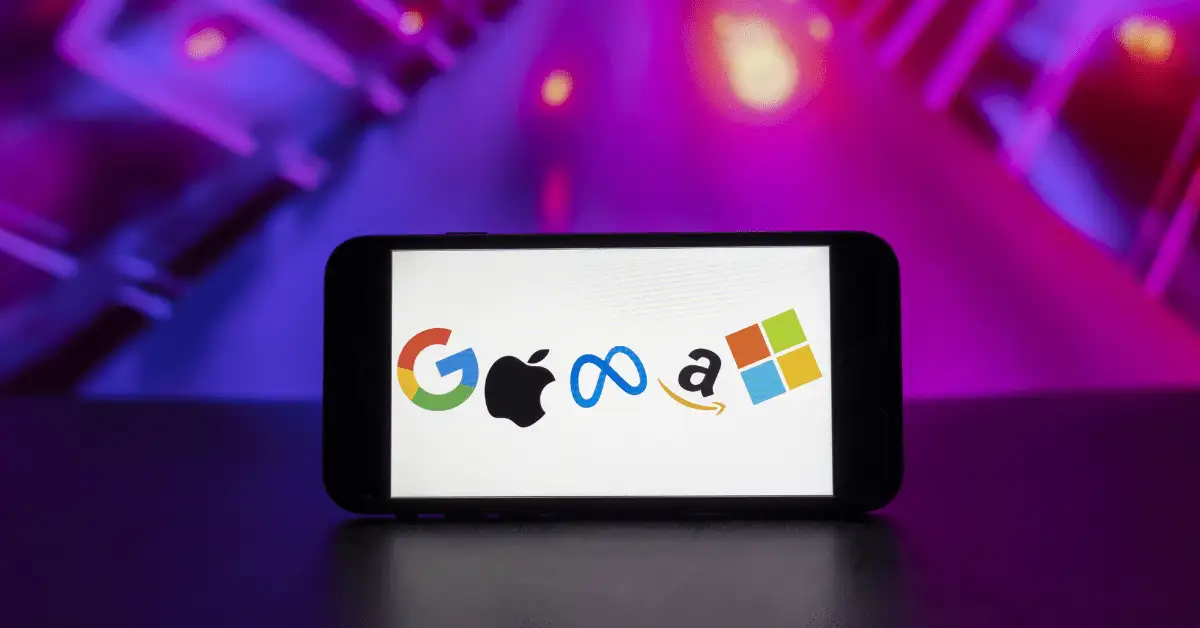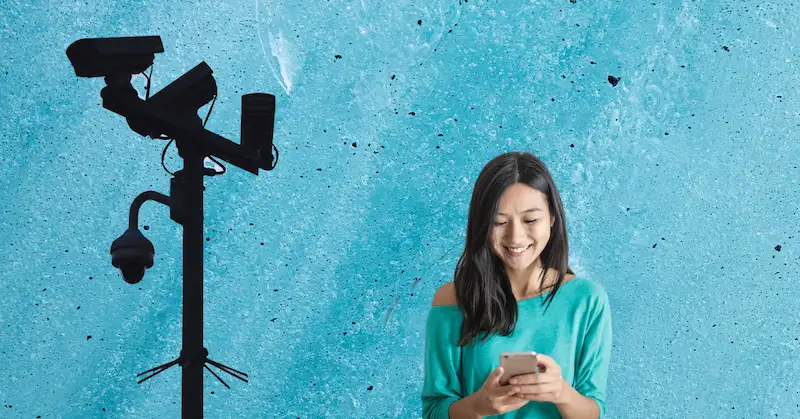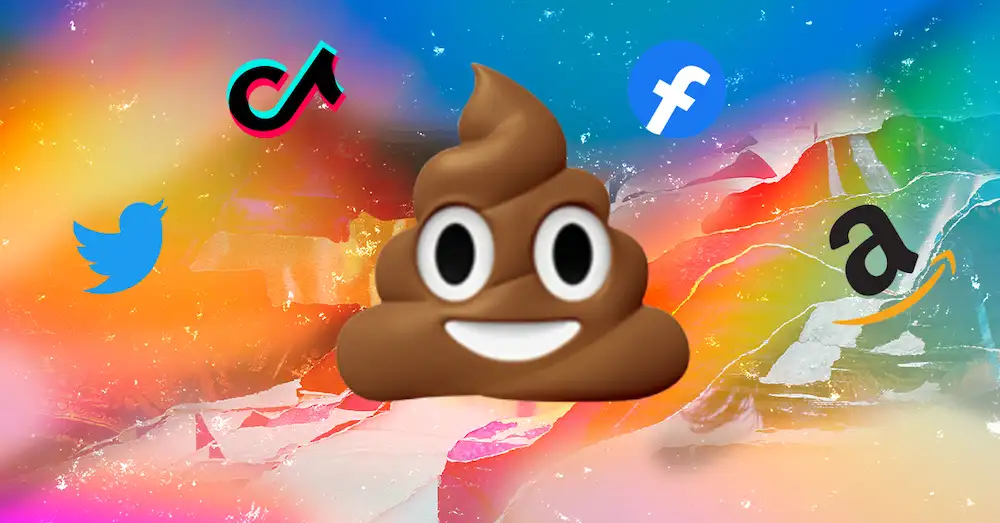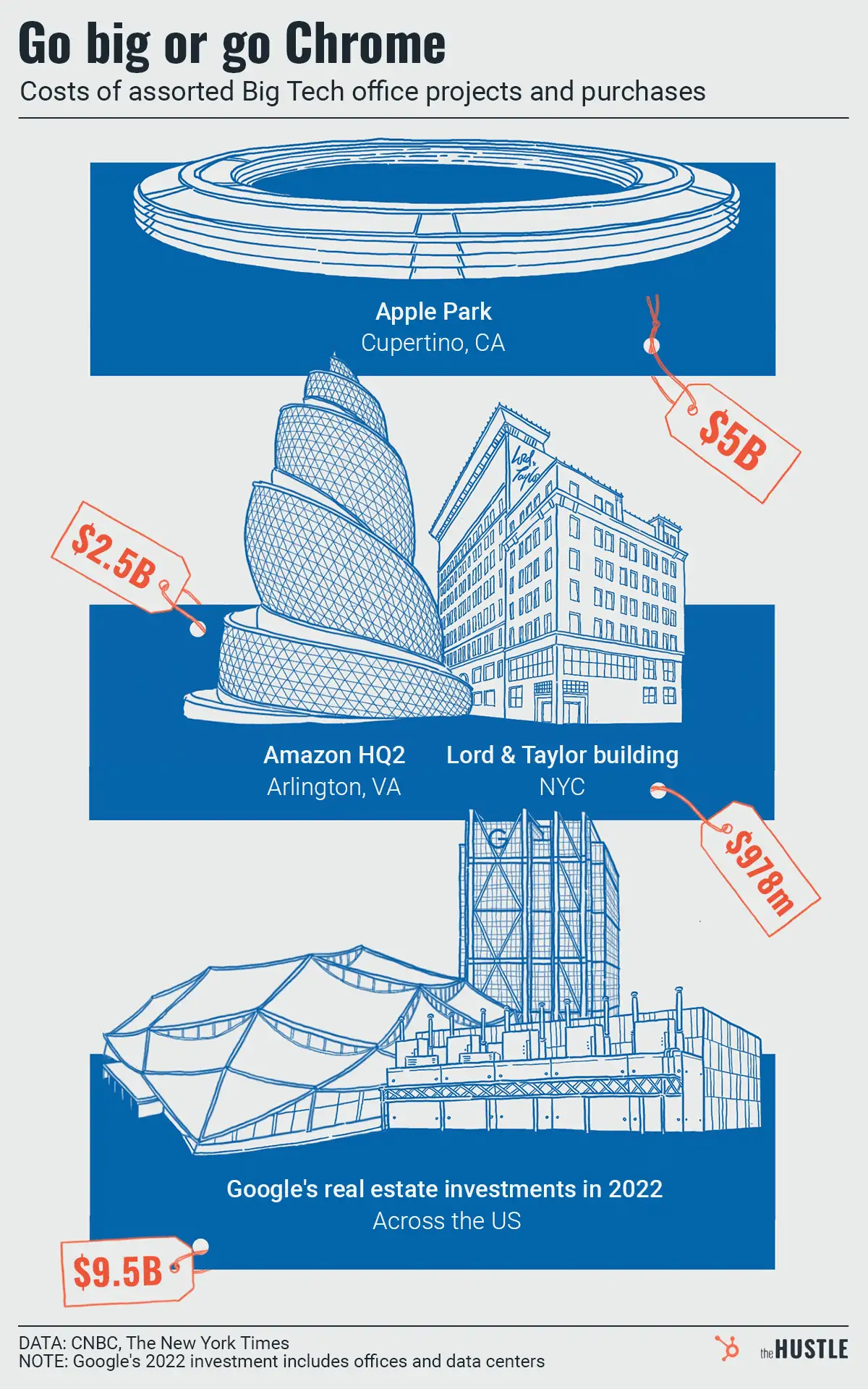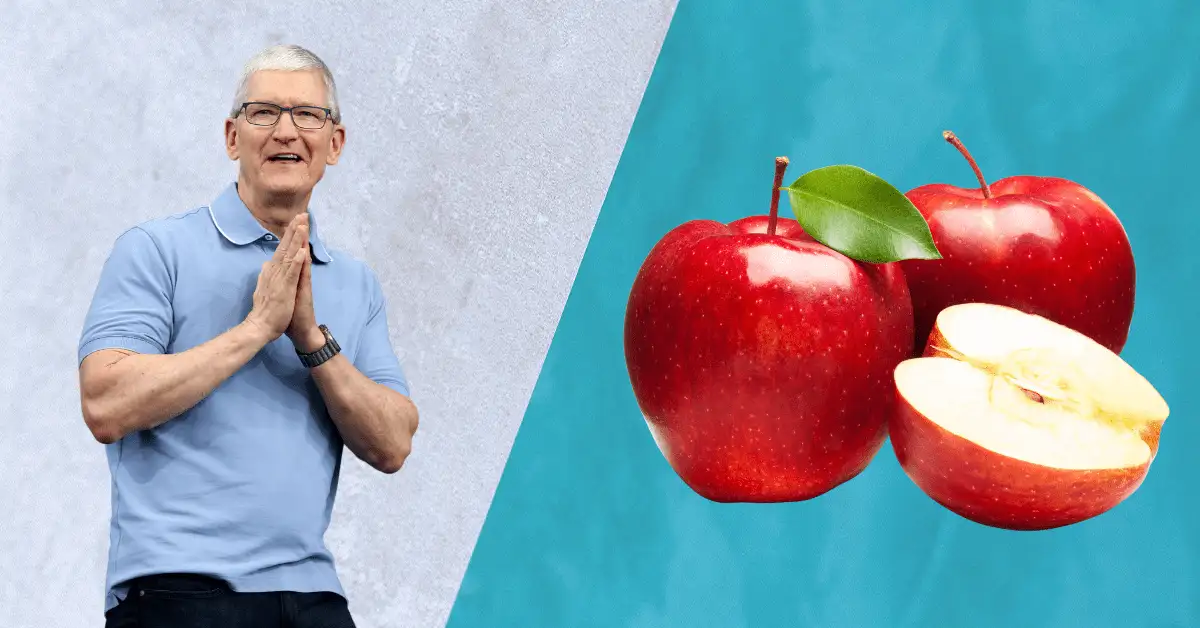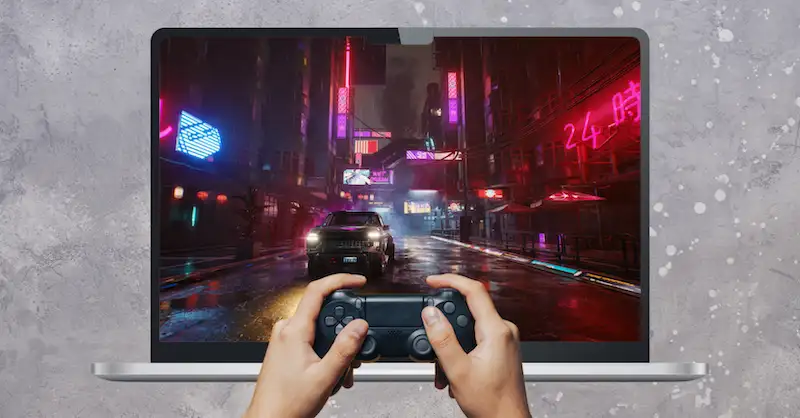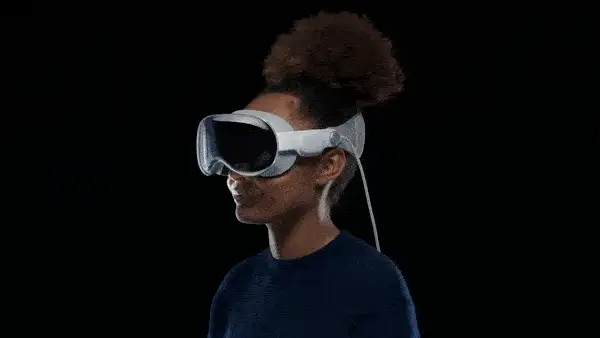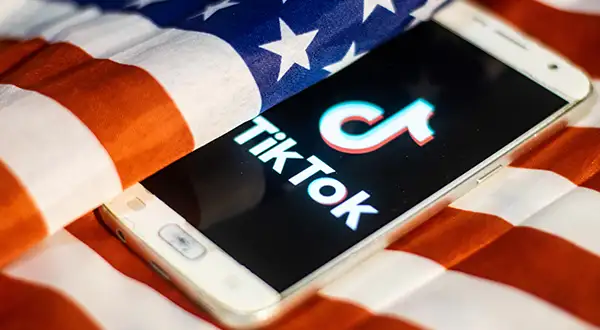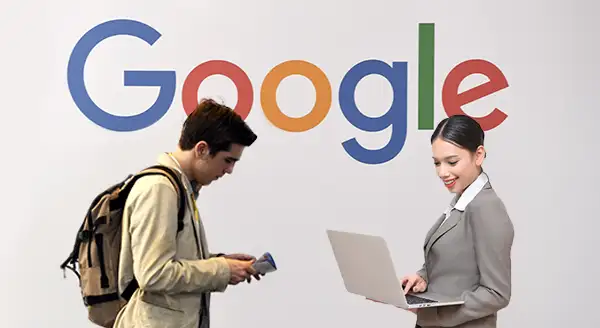Apple is known for its ironclad secrecy, particularly around new iPhone launches.

The same guiding principle informs the company’s mergers and acquisitions (M&A) practices.
As detailed by CNBC, the company is known for small and discreet deals.
Apple closed 100+ deals over the past 6 years…
… a pace of one about every 3 or 4 weeks.
While it did spend $3B on Beats by Dre in 2014 (its largest acquisition ever), Apple hasn’t made big headlines in a while.
This is in contrast to its Big Tech frenemy Microsoft, which just dropped $19.7B on AI firm Nuance, its priciest deal since buying LinkedIn for $26B+ in 2016.
One reason we don’t hear about the deals: Apple has strict NDAs and advises acquired employees to not update their LinkedIn profiles.
What Apple looks for in a deal
The iPhone maker focuses on filling gaps in its tech stack: It acquired tech for fingerprint ID (AuthenTec), iPhone Shortcuts (Workflow), Apple News+ (Texture), voice assistance (Siri), and Apple Music (Beats).
When Apple wants expertise in a sector, it will buy up multiple firms.
Take semiconductors: It bought P.A. Semi in 2008 ($278m), Intrinsity in 2010 ($121m), and Passif Semiconductor in 2013 (undisclosed).
Once a firm is targeted, Apple requests a demo
If there’s interest, the tech giant sends in the deal team (no outside bank is used).
Since the deals are primarily to acquire talent (AKA acquihires) — and not brand or customers — Apple makes an offer based on the number of technical employees (~$3m per engineer). It largely ignores revenue or previous fundraising valuations.
These individuals are then offered “golden handcuffs,” which are plush deals that vest over 3-4 years… hopefully enough money to make up for the fact they can’t update their LinkedIn profiles.


